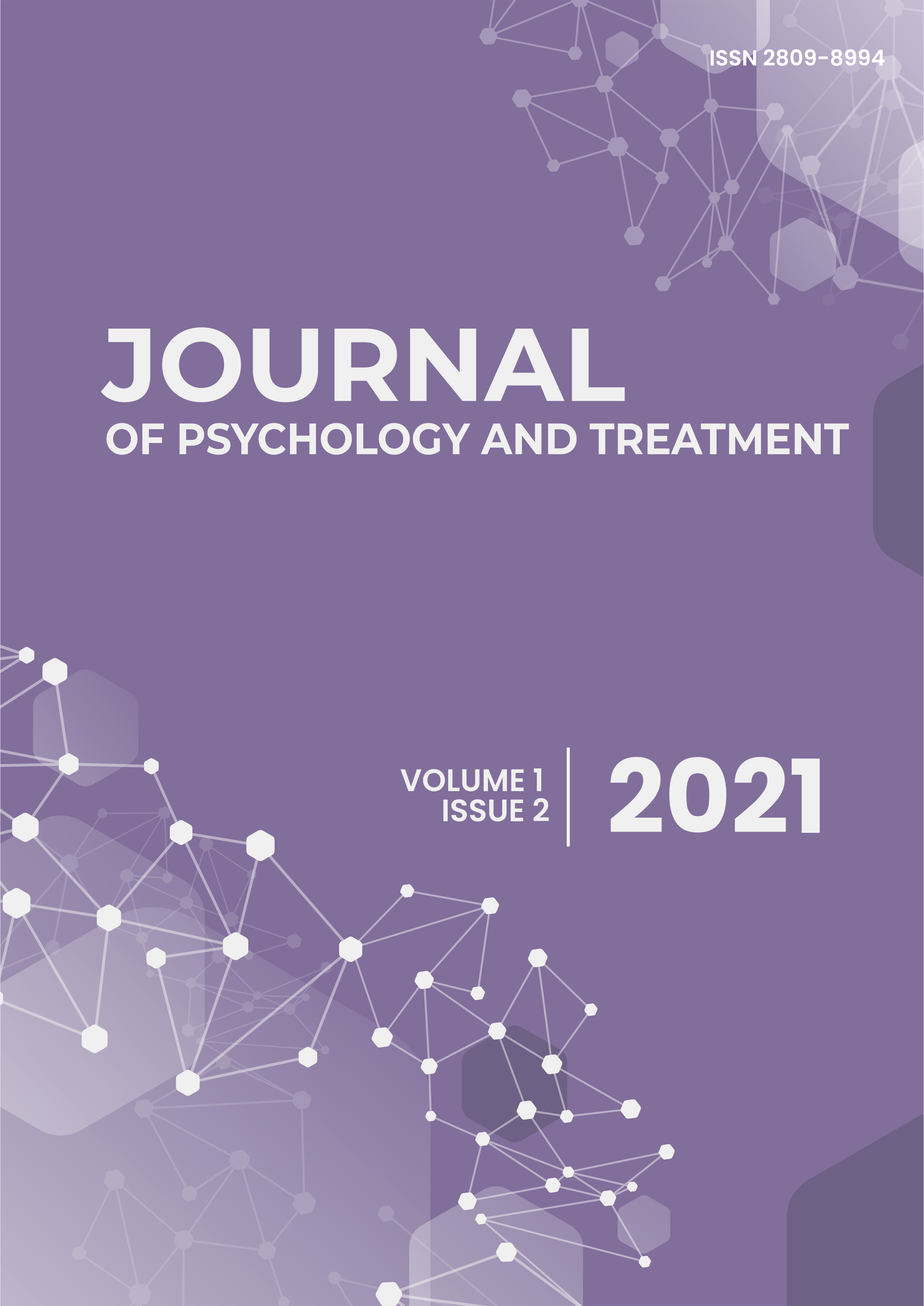Gambaran Agresivitas Suporter Sepakbola di Kota Kudus
DOI:
https://doi.org/10.53088/jpt.v1i2.2147Keywords:
aggressive, football supporter, Kudus CityAbstract
Supporter appears as a form of spirit and also become a character of each team. Supporter can be as a cause of the ruin from the team also. The objective of this research is to know the form of the aggressive from Kudus team supporter and to know the factors that influence the aggressive of Kudus team supporter. The research method of this research is qualitative method and the collecting data technique by using interview. The analysis technique of this research using descriptive narrative technique. The result of this research is that the most influence from the agresivity are alcohol and drugs because the supporter will be easier because of their unconscious mind.
References
Baron, R.A. dan Byrne, D. 2005. Psikologi Sosial. Edisi kesepuluh: jilid 2. Jakarta: Erlangga.
Firdaus, Y.I. & Trilia. 2020. Study Of Phenomenology: The Aggressive Behavior Of Soccer Club Suporter. International Journal of Global Health Research, 2(1): 83-102. https://doi.org/10.37287/ijghr.v2i1.69
Hariastuti dan Darminto. 2007. Keterampilan-keterampilan Dasar dalam Konseling. Surabaya: Unessa Press.
Koeswara. 1988. Agresi Manusia. Bandung: Rosda Offset.
Marwan, I. 2018. Aggresive Behavior Supporter in Liga Indonesia. International Journal of Sport and physical Education, 4(1).
Pratama, A.Y. 2010. Hubungan Kecerdasan Emosi dengan Agresifitas pada Remaja Awal Pendukung Persija (The Jak Mania). Jakarta: Universitas Negeri Syarif Hidayatullah.
Scheneiders, A. 1995. Personal Adjustment and Mental Healthy. New York: Holt Reinhart dan Winston.
Tuasikal, R. F. 2001. Hubungan Antara Intensitas Komunikasi Interpersonal dengan Agresivitas. Yogyakarta: Universitas Islam Indonesia.
Vimiero, Carolina. 2015. Football supporter cultures in modern-day Brazil: Hypercommodification, networked collectivisms and digital productivity. Queesland: Queensland University of Technology.
Downloads
Published
How to Cite
Issue
Section
License
Copyright (c) 2022 Tarindra Cahya

This work is licensed under a Creative Commons Attribution-ShareAlike 4.0 International License.
Authors who publish with this journal agree to the following terms:
The author(s) retain copyright and grant the journal the right of first publication with the work simultaneously licensed under a CC BY-SA 4.0 license that allows others to remix, adapt, and build upon the work even for commercial purposes, as long as they credit the author(s) and license their new creations under the identical terms.
License details: https://creativecommons.org/licenses/by-sa/4.0/

